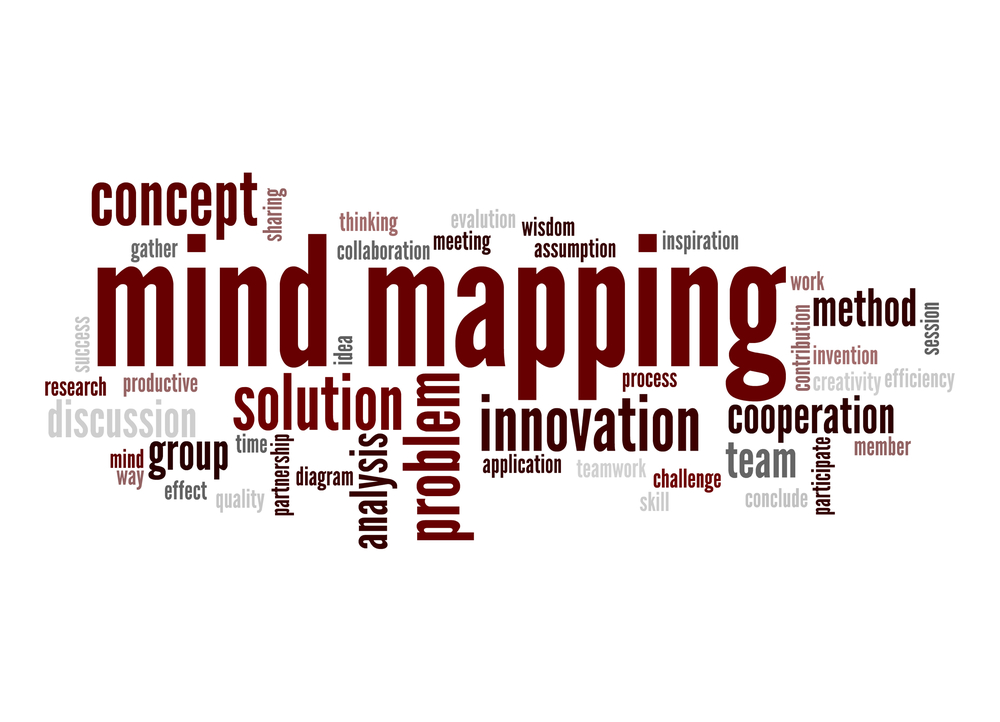
Mind mapping is a popular technique for visually outlining information.
Benefits Of Mind Mapping
- Boost your creativity. Mind mapping sparks creative thinking. This is the time for you to get all of your thoughts down onto paper.
- Encourage collaboration. Use mapping as an individual or group activity. This is where you recruit your mentors, friends and or family.
- Increase your productivity. Being
better organized will free up more time for exciting new projects.
- Learn to be more effective. The dynamic nature of mind mapping is ideal for getting effective results. Structuring and discussing information promotes greater engagement than passive reading.
Getting Started With Mind Mapping
- Create a central topic. Try to state your main subject in three
words or less. Make it the central image of your diagram.
- List all the relevant subtopics. Brainstorm about everything related to your main idea. You’ll be adding subtopics as branches using additional lines and shapes branching out from the center.
- Organize your topics by categories and
relationships. Now you can start thinking about groupings and the way
things relate to each other. This will suggest how to position and connect different
elements.
- Link to supporting information. To keep your map easy to read, you may want to create links to external resources. For example, an organizational chart could reference staff biographies or a document for a meeting could link to minutes from previous sessions.
- Assign homework. Get ready for action. Generate challenging assignments. For team activities, give each participant specific responsibilities and a due date.
- Review and evaluate. Look for ways to make improvements as you use your mind maps. You may want to make your labels more concise or vary your color schemes.
- Add text. Even though this is a visual exercise, words play a valuable role. Add a legend to explain frequently used symbols. Use call outs for elements that require further notes.
- Develop templates. Over time, you may
find that you use similar formats over and over. Save your favorite templates to
make the process even faster in the future.
How To Apply Mind Mapping
- Advance your career. Most people get introduced to mapping at the office. It’s good for many tasks, from meetings to project management. Give your daily to do list a new look or work your way up to designing an impressive visual display for your next performance review.
- Make important decisions. You can also extend this visualizing to other areas of your life. When you’re faced with a tough dilemma, sketch out all the pros and cons and the perspectives of different players.
- Record your thoughts. Some of your most
valuable ideas are likely to pop into your head when you least expect them.
Experiment with free apps that will let you create maps on your phone.
- Process large volumes of information. Given
the information overload that comes with modern living, it’s easy to see why
mapping is becoming more common. Mind mapping is a simple way to deal with a
lot of facts in a short time and spot the connections between them.
Mind mapping has the potential to improve your personal and professional lives. It enables better planning, consolidates key information, and triggers meaningful insights. Have fun while you draw your way to a better future.
Posted in: Uncategorized